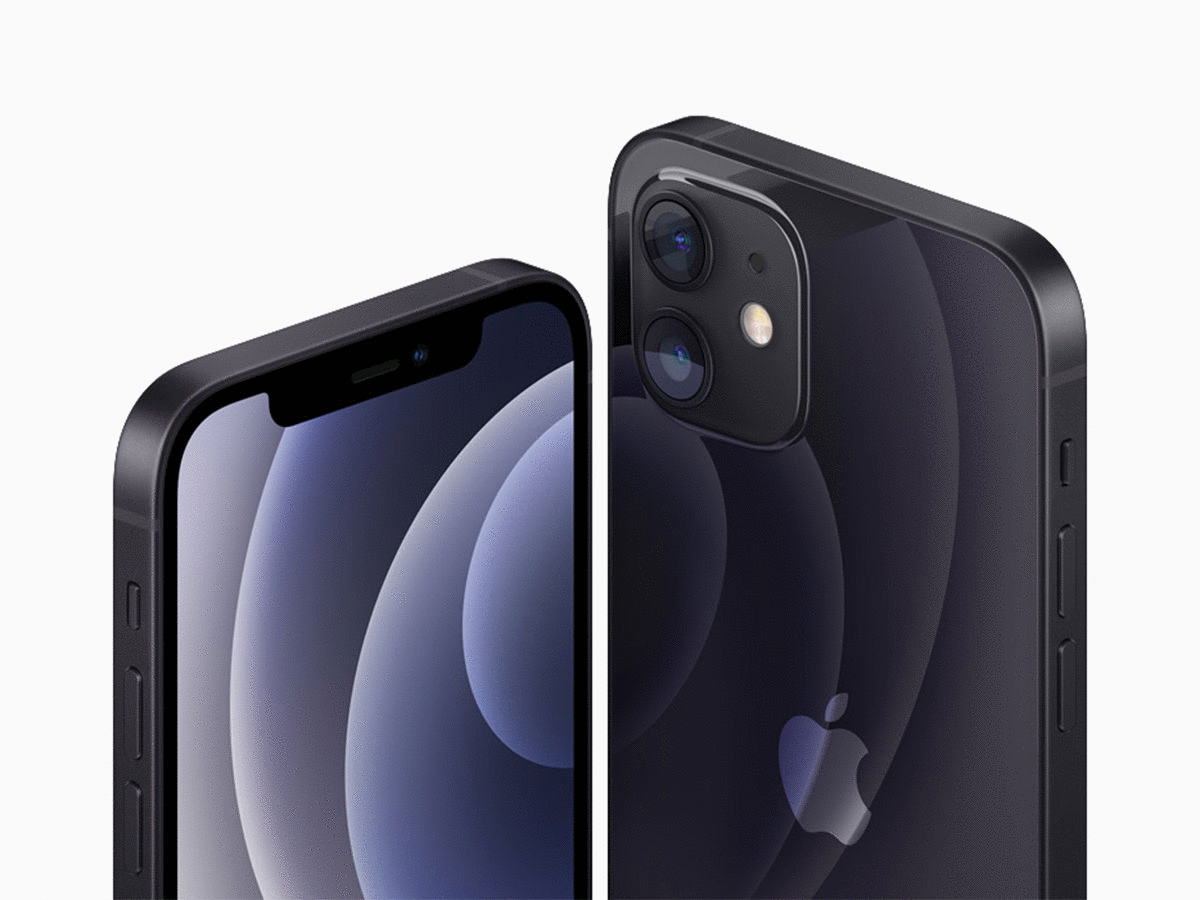iPhone sucks. Why all phone is disposable these days
In the not-so-distant past, owning a mobile phone meant investing in a device built to last. These early phones were hefty, durable, and boasted batteries that seemed to last for days on end. Fast forward to the present, and we find ourselves in an era where phones are increasingly treated as disposable commodities, designed for quick turnover rather than longevity. This shift from durability to disposability reflects a broader trend in consumer electronics, driven by rapid technological advancements and changing consumer preferences.
The Era of Durability
Cast your mind back to the early 2000s, a time when Nokia dominated the mobile phone market with its iconic devices like the Nokia 3310. These phones were built like tanks, with sturdy exteriors that could withstand drops, bumps, and even the occasional splash of water. The screens were small and made of tough materials like plastic or even tempered glass, capable of surviving everyday wear and tear.
But perhaps the most remarkable feature of these early phones was their battery life. With minimalistic displays and energy-efficient components, it wasn't uncommon for a Nokia 3310 to last an entire week on a single charge. Users could rely on their phones to stay powered throughout the day, without constantly scrambling for a charger or worrying about battery life.
The Rise of Disposability
Fast forward to the present day, and the landscape of mobile phones looks vastly different. We've bid farewell to the era of bulky, indestructible devices, and welcomed a new generation of sleek, lightweight smartphones. Manufacturers now prioritize aesthetics and cutting-edge features over ruggedness and longevity, catering to consumers' desire for the latest and greatest technology. In this age of disposability, smartphones are treated more like fashion accessories than durable tools. The emphasis is on slim designs, vibrant displays, and high-resolution cameras, rather than durability and longevity. As a result, modern smartphones are more prone to damage from accidental drops or water exposure, leading to a shorter lifespan and quicker turnover.
In this age of disposability, smartphones are treated more like fashion accessories than durable tools. The emphasis is on slim designs, vibrant displays, and high-resolution cameras, rather than durability and longevity. As a result, modern smartphones are more prone to damage from accidental drops or water exposure, leading to a shorter lifespan and quicker turnover.
Planned Obsolescence
One of the driving forces behind the rise of disposability in the smartphone industry is planned obsolescence. Manufacturers intentionally design their devices with limited lifespans, incorporating features that encourage consumers to upgrade to newer models more frequently. This strategy not only drives sales but also ensures that consumers remain tethered to the latest technologies and trends.
From non-removable batteries to sealed enclosures, modern smartphones are engineered to be difficult, if not impossible, to repair or upgrade. This deliberate design choice leaves consumers with little choice but to replace their devices entirely when faced with hardware issues or performance degradation. As a result, old smartphones often end up in landfills, contributing to electronic waste and environmental degradation.
The Disposable Mindset
Beyond planned obsolescence, the rise of disposability can also be attributed to shifting consumer attitudes and behaviors. In today's fast-paced world, we've become accustomed to instant gratification and constant innovation. We crave the newest features, the latest designs, and the most cutting-edge technologies, often at the expense of durability and sustainability.
Social media and online influencers play a significant role in shaping consumer perceptions and driving demand for the latest gadgets. With each new smartphone release comes a flurry of hype and anticipation, fueling a culture of consumerism and disposability. We've been conditioned to view our phones as status symbols, constantly seeking validation and approval through the devices we own.
The Environmental Impact
The disposable nature of modern smartphones has far-reaching consequences for the environment. Electronic waste, or e-waste, is one of the fastest-growing categories of waste worldwide, with discarded smartphones contributing significantly to the problem. From toxic chemicals to precious metals, smartphones contain a wide range of materials that can harm the environment if not disposed of properly.
Moreover, the manufacturing process itself consumes vast amounts of energy and resources, further exacerbating the environmental impact. From mining raw materials to assembly line production, each stage of the smartphone lifecycle exacts a toll on the planet. As consumers, we must reckon with the environmental cost of our disposable habits and strive to make more sustainable choices.
Towards a Sustainable Future
Despite the prevalence of disposability in the smartphone industry, there is hope for a more sustainable future. A growing number of consumers are beginning to prioritize longevity, repairability, and sustainability when choosing their devices. Companies like Fairphone and Shift are leading the charge by designing modular smartphones that are easy to repair and upgrade, thus extending their lifespan and reducing e-waste.
Furthermore, initiatives like electronic recycling programs and trade-in schemes offer consumers an opportunity to responsibly dispose of their old devices and reduce their environmental footprint. By choosing refurbished or pre-owned smartphones, we can help minimize the demand for new devices and support a more circular economy.
Conclusion
In conclusion, the evolution of smartphones from durability to disposability reflects broader trends in consumer electronics and societal values. While modern smartphones offer unparalleled convenience and functionality, they also come with a hidden cost to the environment and future generations. As consumers, we must challenge the disposable mindset and demand more sustainable alternatives from manufacturers.
By advocating for repairable, upgradable, and eco-friendly smartphones, we can help pave the way for a more sustainable future. Ultimately, the choice is ours to make: Will we continue to embrace disposability, or will we strive for durability and sustainability in our electronic devices? The answer lies in our hands.






































